The culture of algae in the laboratory is not only important for knowing the details of the external morphology and reproduction in a particular algae or algal group, it is equally important to know the details of algal life histories, taxonomy, physiology, biochemistry, genetics and also its ultra-structure. Most of the development in this field has taken place mainly during the last 45 years.
For instructions in the laboratory, the algal cultures, should either be started from the fresh collections from the field or may also be procured from some ‘culture-supplying agencies’ of the world. The first step for the laboratory culture, therefore, is the isolation of the required material. Under isolation may be isolated single cells, colonies, filaments or fragments. The second step is to transfer the isolated material into a suitable culture medium.
Scope of algal culture
Advancement in the knowledge of algae whether of their biochemistry, genetics, or role in the natural environment depends largely on the use of cultures. The organisms grow and multiply in a special nutrient medium which is called a culture medium.
If the algae are grown in artificial culture then several aspects of algal cultures may be undertaken. The scope of algal culture are-
- It is possible to trace the life cycle of a species and learn morphological and genetic phases of the life cycle of the algae.
- To study the manner of gamete formation, gamete union, and ecological factors related to reproductive phases.
- To determine the morphological and reproductive characteristics as aids in establishing taxonomic criteria and developing phylogenetic relationships.
- To produce specimens for cytological and ultra-microscopical examination of cell structure, organelles, and cell divisions.
- To study the physiology of algae and apply information to other plants-photosynthesis, respiration, nutrient requirements, response to light, and temperature.
- To study the elaboration of extra metabolites, endo- or exo-toxins, and antibiotics.
- To determine the chemical composition of algae for both practical and scientific purposes.
- To study production and productivity rate and their relationships to limnology, to the food chain of aquatic animals, and as food for domestic animals and for men (e.g. Spirulina platensis).
- To study and test algicides, and their effects on different spp. and their use in various concentrations.
- To study the relationships of algae to water quality or sanitation.
Kinds of algal culture
Bold and Wynne (1978) have summarized the following kinds of cultures:
1. Clonal culture
A culture obtained from one single cell or fragment of an individual is called a clonal culture. It is used to conduct experiments in genetic homogeneity.
- Pure cell lines can be obtained.
- All the proliferated cells are clones of the original cell.
2. Axenic culture
A culture obtained from one strain of an algal species, separated from all other strains, species, or other living organisms (protozoa, bacteria, or some fungi) is called axenic culture or pure culture.
- Axenic means sterile which means free from any contaminants.
- Antibiotics can be added to the growth medium to discourage the growth of contaminating cyanobacteria and other bacteria.
- The addition of germanium dioxide will inhibit the growth of diatoms.
3. Unialgal culture
A culture obtained from one strain or species of an alga is called unialgal culture. In such cultures, other living organisms (protozoa, bacteria, or fungi) may also be present.
Some other cultures of algae
Batch culture
A close system culture of algae in which there will be no supply or withdrawal of culture medium and biomass into or out of the culture vessel. In this type of culture, the amount of medium and inoculum are known and specific.
Continuous culture
The continuous culture method is a culture in which a supply of fertilized water (water containing all the necessary nutrients and environments for algal growth) is continuously pumped into a growth chamber and the excess culture is simultaneously washed out. This culture is very helpful to bring out desired amount of algae after a definite interval from time to time from the culture. That’s why it is called continuous culture.
- In practice, a volume of fresh culture medium is added automatically at a rate proportional to the growth rate of the alga, while an equal volume of culture is removed.
- This method of culturing algae permits the maintenance of cultures very close to the maximum growth rate because the culture never runs out of nutrients.
Semi-continuous culture
The semi-continuous technique prolongs the use of large tank cultures by partial periodic harvesting followed immediately by topping up to the original volume and supplementing with nutrients to achieve the original level of enrichment. The culture is grown up again, partially harvested, etc. Semi-continuous cultures may be indoors or outdoors, but usually, their duration is unpredictable. Competitors, predators, and/or contaminants and metabolites eventually build up, rendering the culture unsuitable for further use. FAO
Conditions necessary for Algal culture
The most important parameters regulating algal growth are nutrient quantity and quality, light, pH, turbulence, salinity, and temperature. The most optimal parameters as well as the tolerated ranges are species-specific. A broader generalization of these optimal conditions is given below in the form of a table.
Source here: FAO
|
Parameters |
Range |
Optima |
| Temperature (°C) |
16-27 |
18-24 |
| Salinity (g.l-1) |
12-40 |
20-24 |
| Light intensity (lux) |
1,000-10,000 |
2,500-5,000 |
| Photoperiod (light: dark, hours) |
16:8 (minimum) |
|
| pH |
7-9 |
8.2-8.7 |
Culture media
Chu 10 Medium
S. P. Chu (1942), a Professor in the Department of Botany, Queen Mary College, University of London suggested the use of following medium for culturing many algae, especially Myxophyceae (i.e. cyanobacteria).
| Salt | g/l |
| Ca(NO3)2 | .04 |
| K2HPO4 | .01 or, .005 |
| MgSO4.7H2O | .025 |
| Na2CO3 | .02 |
| Na3SiO4 | .025 |
| FeCl3 | .0008 |
- Solidify the medium by adding 15 g/l agar.
- Calcium nitrate serves as an inorganic nitrogen source.
- CHU 13, a modified version of CHU 10 is used as a growth medium for the biofuel candidate alga Botryococcus braunii.
- Read the original article published by S. P. Chu here in Jstor.
Limitations
- Due to nutritional variations, certain strains may show poor growth.
Source:
- Textbook of Algae by O P Sharma
 Plantlet The Blogging Platform of Department of Botany, University of Dhaka
Plantlet The Blogging Platform of Department of Botany, University of Dhaka
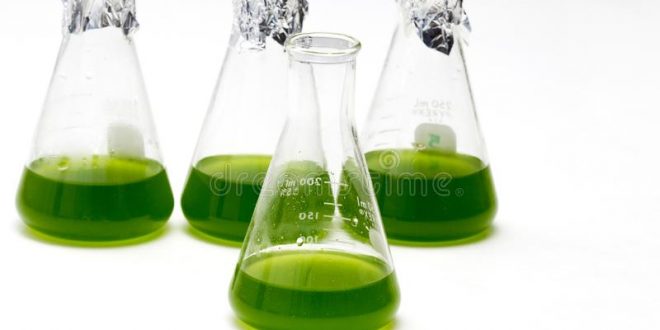

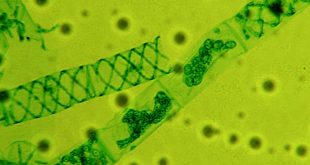
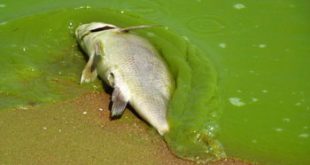
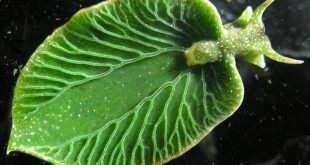
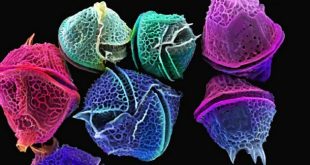
best medium for Cyanobacteria is BG11